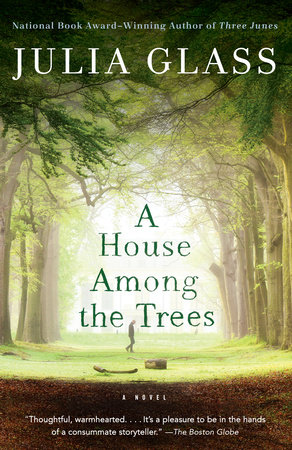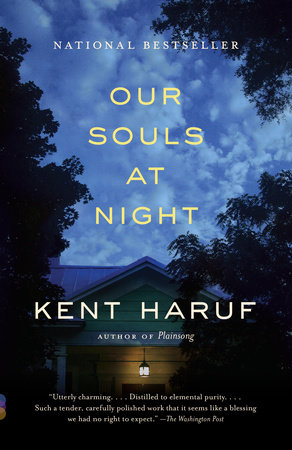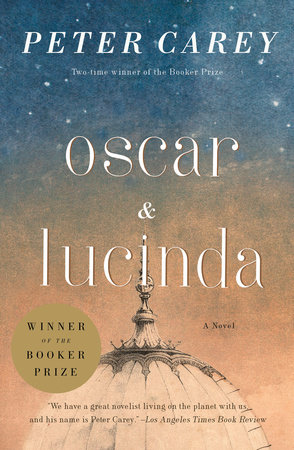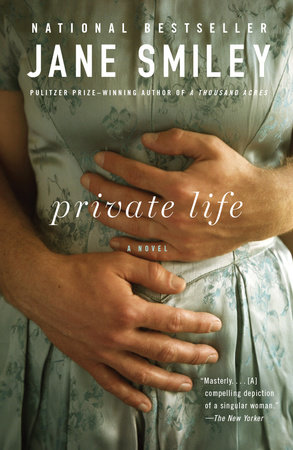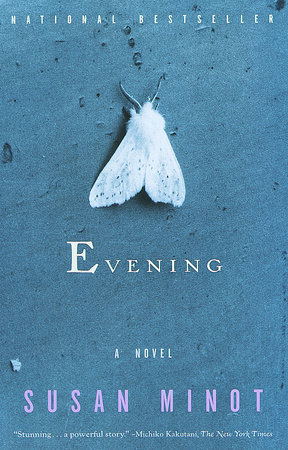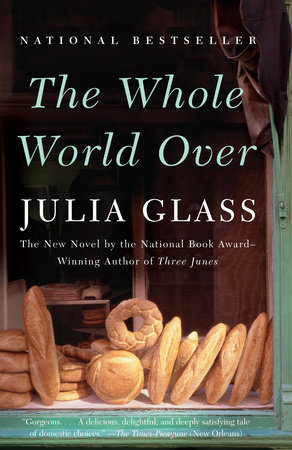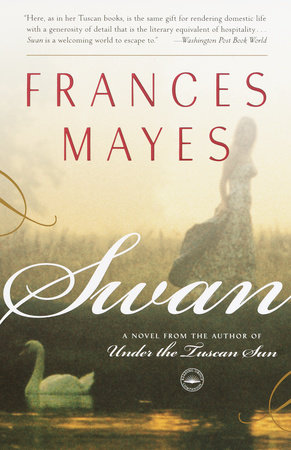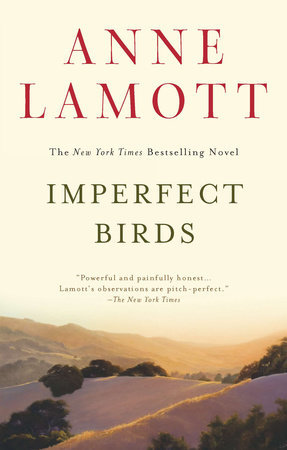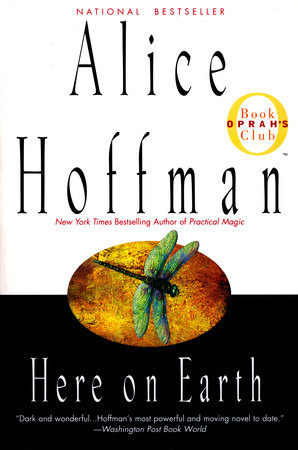Q&A for A House Among the Trees
What was the inspiration for this book? Are any of the characters based on or influenced by real people?
This is the first time that I can point to external influences on the genesis of a novel; normally, each story I create grows out of a single character, whose persona forms almost embryonically inside my imagination. But A House Among the Trees pushed its way into my psyche from the material world. I can, in fact, name three precise factors that helped shape the story: reading an article about the death of Maurice Sendak and his unanticipated final wishes (though Mort Lear’s life and work are my own creation), watching an in-depth round-table interview with half a dozen leading male stars of 2014’s most critically acclaimed movies (all but one of them biopics), and talking with my older son about why he loves acting.
You haven’t written about fame before, have you? What drew you to exploring and writing about fame and creativity in this novel?
I guess I haven’t written about fame before—at least not directly. I’ve created characters who have public lives (a restaurateur, a politician, a social-welfare advocate), but the subject of what it means to be admired and even adored by countless strangers—to have “fans”—is definitely something new. I never intended to write about celebrity, however; that would have been too terrifying! As often happens, my characters led me toward that unexpected challenge, and it was too late for me to turn them down by the time I saw what I was getting myself into. As for writing about creativity, even art-making, I feel as if I’ve tackled that subject many times in previous characters and certainly will again.
There are several important childhood experiences that definitely shape your characters’ lives in this novel. What drew you to write about these early experiences and to tie them centrally to the plot of the novel?
My characters’ past experiences and relationships are always a crucial element in my novels, and that’s purely organic; for all of us, what we knew and felt as children shapes who we grow up to become—steers the plot of our lives, you might say. I’m a believer in the human-being-as-onion theory: we are layer upon hidden layer of psychic growth, from cradle to grave. In A House Among the Trees, however, what emerged quite coincidentally—and took me by surprise–is that significant childhood encounters for both Tommy and Nick took place when they were twelve years old. I did not plan it that way, and I noticed it only in a very late reading of the fully drafted novel. It’s led me to reflect on how important that particular age is in so many people’s lives—or at least the lives of privileged westerners, perhaps. I look back and know that, in my own life, it was a time of enormous emotional upheaval and revelation. But then, I was twelve in 1968, a momentous time in modern American culture and history. I remember becoming aware of the wider world through a series of very specific news stories in that era.
You were a painter before becoming a published novelist. Do you still paint? How has being a painter influenced this book? Your main character is a children’s book author, both a writer and an artist.
I haven’t painted in years, though some of my paintings and drawings hang on the walls of my house. They remind me of a vivid, important time in my life, and I like to say that they are clearly the pictures of someone who wants to tell stories. But they also remind me that when I had to choose between writing and visual art–I didn’t have the time or the resources to bear down seriously on both at once–I made the right decision. Maybe Mort Lear, at some level, represents the dream of doing both, of being the picturemaker who tells stories, too: the storymaker, as Morty calls himself. But I never saw my pictures as related to even the earliest stories I wrote–and I can only wish I had the moxie to write for children. I will say that there are two things I miss a great deal about painting: working so directly with color and being able to listen to music (and sing along!) while doing that work. Writing is a more abstract passion and, at least for me, flourishes only in silence.
You have said “Write what you want to know.” What did you want to know while conceiving and creating A House Among the Trees?
I’m not sure what I wanted to know at the outset—I always feel like I’m wandering in the dark, just following the sound of a voice, at the very beginning of a novel—but once I was well into writing this one, I knew that what I wanted to imagine, first and foremost, is what it would feel like to be charged with the responsibility for the legacy of someone who is greatly beloved by the wide world yet who is, of course, a flawed human being like the rest of us. How would you do that respectfully, lovingly—yet honestly? Each of my three protagonists comes at that dilemma from a different angle, with a different agenda and a different set of feelings.
Anything else about this novel you’d like to share with readers?
As a writer, I’ve always been a serial monogamist: one book at a time, no others in the works (maybe an essay or two on the side; that’s it). This time, however, I started work on A House Among the Trees when I was 200 pages into writing another novel entirely. It felt like an act of infidelity, but I surrendered. (As a fellow novelist advised me, “Don’t mess with the gods!” Although mess was not the verb he used.) I then proceeded to write this novel faster than I’ve written any other book. Now the question is, will the spurned novel take me back? And if so, what changes in our relationship will that entail? We are currently in counseling.
